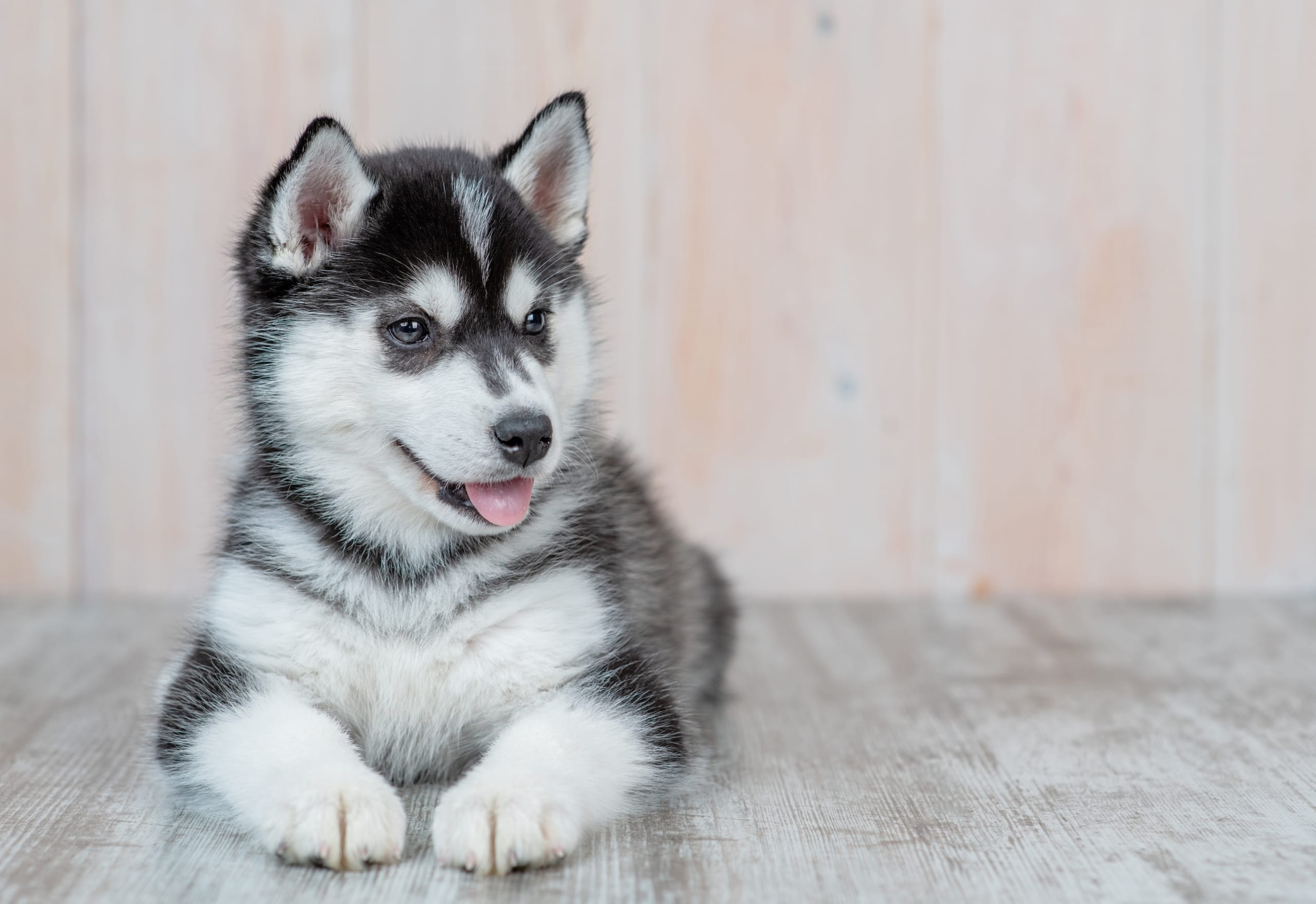Embark for Breeders offers four breed-specific genetic health tests for the Siberian Husky among the 270+ genetic health conditions for which Embark tests. Breeders can easily share breed-specific DNA test results on parents or puppies with the one-page DNA Health Summary report with Embark test results.
Genetic health testing is an integral part of a responsible dog breeding program. When using genetic health testing, breeders need to educate themselves about concepts such as modes of inheritance, penetrance, prevalence, and phenotype for a specific variant in their breed to apply test results. Breeders also need to know which variants are causing health concerns in their breed and which health conditions currently have no genetic test available. This handy search function by breed or health condition can show breeders which DNA tests Embark provides.
Embark DNA tests for the Siberian Husky include the following conditions. The health condition percentages based on clear, carrier, and at-risk status presented on common, rare, and very rare genetic risk factors are based on a subset of dogs within the Embark database and do not necessarily represent all dogs of this breed. While we cannot provide specific population numbers at this time, we believe the data provided here to be sufficient to inform on current trends within the North American population of Siberian Huskies.
Very rare genetic health risk factors >99% clear rate
The following genetic conditions have a greater than 99% clear rate and are considered very rare genetic diseases in the Siberian Husky.
Day Blindness, Cone Degeneration, Achromatopsia (CNGB3 Deletion, Alaskan Malamute Variant)
Day Blindness (also known as Cone Degeneration (cd) or Achromatopsia) is a progressive, non-painful disorder of the retina that affects color vision and light perception. Cone cells not only register color, but also allow the dog to adjust their eyes to bright light. Affected dogs develop day-blindness and photophobia (light sensitivity). Symptoms are present only in bright light; vision in dim light is normal. The gene is CNGB3. The mode of inheritance is recessive.
Citations: Sidjanin et al 2002 Yeh et al 2013
Degenerative Myelopathy, DM (SOD1A)
The dog equivalent of Amyotrophic Lateral Sclerosis, or Lou Gehrig’s disease, DM is a progressive degenerative disorder of the spinal cord. Because the nerves that control the hind limbs are the first to degenerate, the most common clinical signs are back muscle wasting and gait abnormalities. The gene is SOD1A*, and the mode of inheritance is recessive.
* SOD1A vs SOD1B
Please note: While we test for the SOD1A variant, we do not test for the SOD1B (Bernese Mountain Dog type) variant at this time. Degenerative Myelopathy genotype results apply only to SOD1A.
Citations: Awano et al 2009, Shelton et al 2012, Capuccio et al 2014
GM1 Gangliosidosis (GLB1 Exon 15, Alaskan Husky Variant)
A lysosome is a structure within the cell that digests and removes waste. When the lysosome cannot recycle waste properly, the waste accumulates and causes the cell to die. This form of lysosomal storage disease (gangliosidosis) is caused by a buildup of a fatty substance known as ganglioside, especially in cells of the nervous system. The gene is GLB1 (Exon 15). The mode of inheritance is recessive.
Citations: Kreutzer et al 2005
X-Linked Progressive Retinal Atrophy 1, XL-PRA1 (RPGR)
X-Linked PRA 1 is a retinal disease that causes progressive, non-painful vision loss. The retina contains cells, called photoreceptors, that collect information about light and send signals to the brain. There are two types of photoreceptors: rods, for night vision and movement, and cones, for day vision and color. This type of PRA leads to early loss of rod cells, leading to night blindness before day blindness. The gene is RPGR (Exon 15). The mode of inheritance is X-linked recessive.
Citations: Zhang et al 2002
With four known conditions in the Siberian Husky, this is evidence that genetic disorders are of concern within the breed, and other conditions are likely to be identified in the future. By DNA testing your Siberian Huskies with Embark, you can help accelerate more novel discoveries to help your breed and all dogs.
Canine Health and Breed Resources
Siberian Husky Club of America, Inc.
Orthopedic Foundation for Animals (OFA)
OFA Canine Health Information Center (CHIC)
OFA-CHIC Health Testing Requirements for the Siberian Husky
Mandatory
ACVO Eye Exam
Hip Dysplasia
Remember, genetic health testing is not a diagnosis of a disease. Please consult your veterinarian for any health issues with your dog. To start your DNA testing journey, explore Embark for Breeders Dog DNA Tests.















